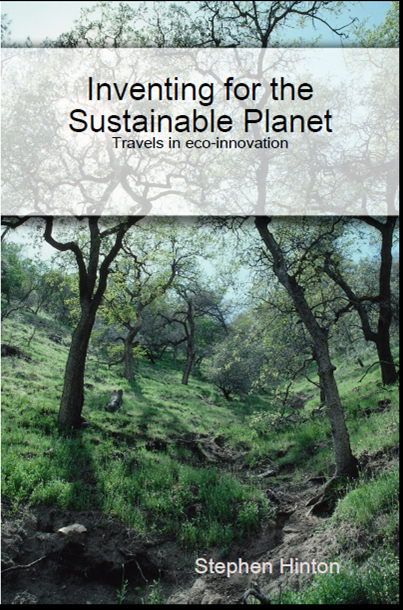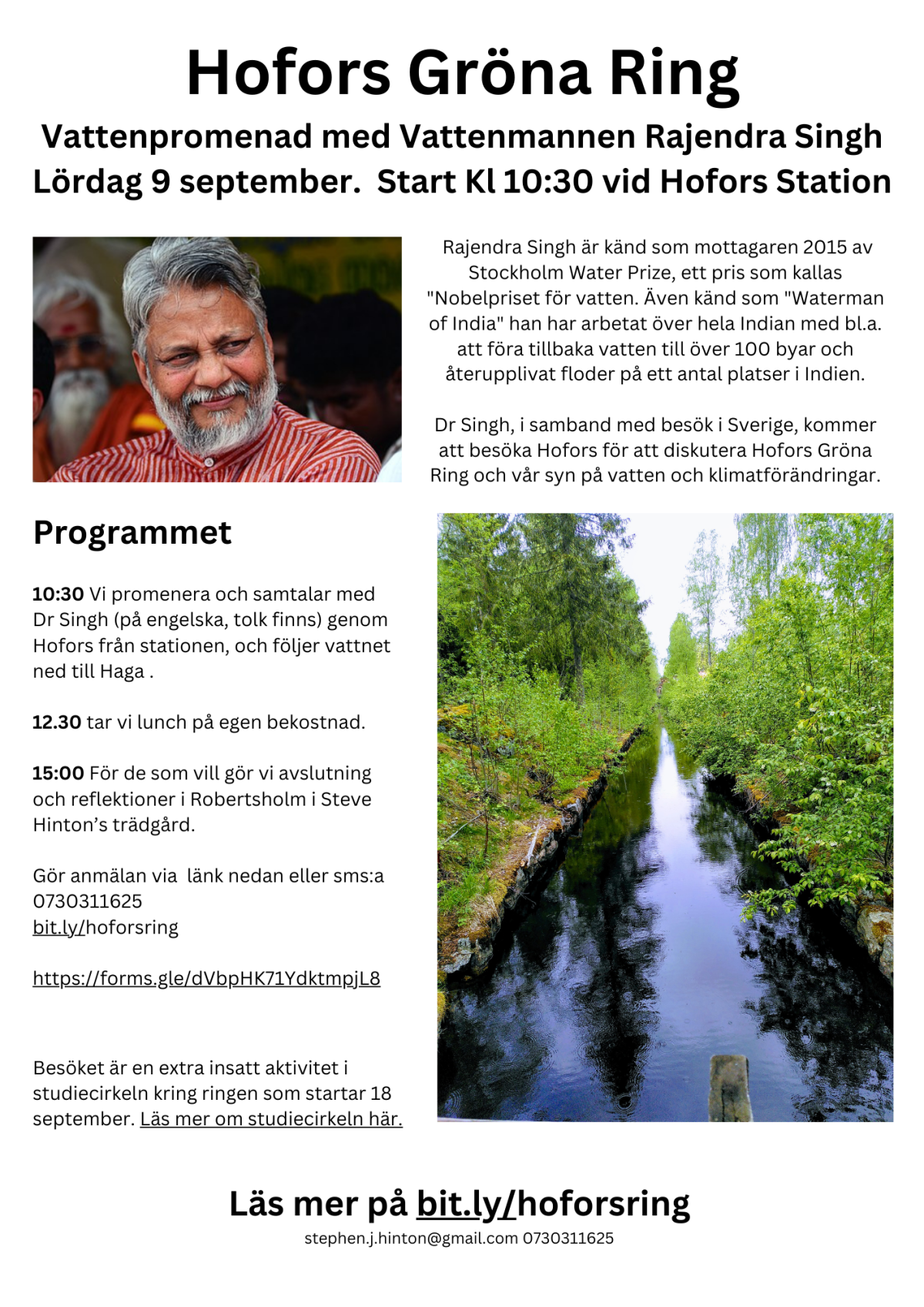Several thinkers (including, for example, Boyd 2020 and Hazel Henderson) have suggested that the concept of real capital – or multi-capital – be introduced into the political economy to aid decision-making at policy level as well at corporate level. This may overcome one of the failings of standard economics: Policy makers often rely on economists to provide their decision bases. However, one of the failings of standard economics when preparing decision bases for policy makers, is that anything that cannot be valued in money is seen to have no value or little value. The Earth does not send a bill for the use of its atoms so the stewardship of the material world is left out. Without a comprehensive valuation framework, policy makers and strategists are likely to miss the full picture by just relying on monetary values and make decisions that could be detrimental to society, counter to the intentions of the policy.
This article gives a general explanation of the category of real capital that is built capital, and how to use its valuation in preparing decision bases. The Real Capital approach gives a more robust decision basis, helping identify long term investment needs and policy that steers investment and activities to avoid capital degeneration and promote capital regeneration.
Continue reading “Applying Real Capital to the Circular Firm”






